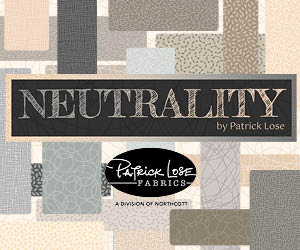
We all know that with having customers inevitably complaints will come. Brush up on your customer service skills to turn customer dissatisfaction into a positive experience.
Statistics about Complaints
Did you know that a customer who has a positive experience after a complaint will outspend a the average customer? That’s because this customer now has higher confidence with your business.
Another thing to note is 93 percent of customers are more likely to return and shop with a business if the business offers excellent customer service.
With that in mind, check out this 8-Step process of addressing customer concerns.
8-Step Process
- Thank them. Recognize the customer is spending time to inform you of their dissatisfaction instead of taking to social media or telling their friends.
- Do you have the authority to help with their request? If not, get someone who can. Nobody likes repeating their story twice. (Note to owners, give your employees more power to help customers so you can focus on the larger aspects of running a business.)
- Listen to the complaint. The average complaint takes just 45 seconds to tell.
- Take notes. Don’t hesitate to be silent; just inform them you’re making notes so you can come to the best solution.
- Ask more questions to clarify. This will help to calm your customer further.
- Ask what would they like to make them happy. It’s bold, but you’ll be surprised by the answers you receive. Some customers won’t be expecting much at all.
- Act on it. Don’t tell your customer that what you’re doing is an exception, that will hurt more than it will help.
- Thank your customers again.
Inspiration for this post comes from “Thanks for Your Complaint,” by Tom Shay published in the October 2021 Issue of American Quilt Retailer.
If you’re looking for more information to guide you in owning a retail business, subscribe to American Quilt Retailer today. Already a subscriber? No worries—join our Facebook group for insights and dialogue from industry specialists like you. And don’t forget, you can always purchase single issues if you prefer that instead.













